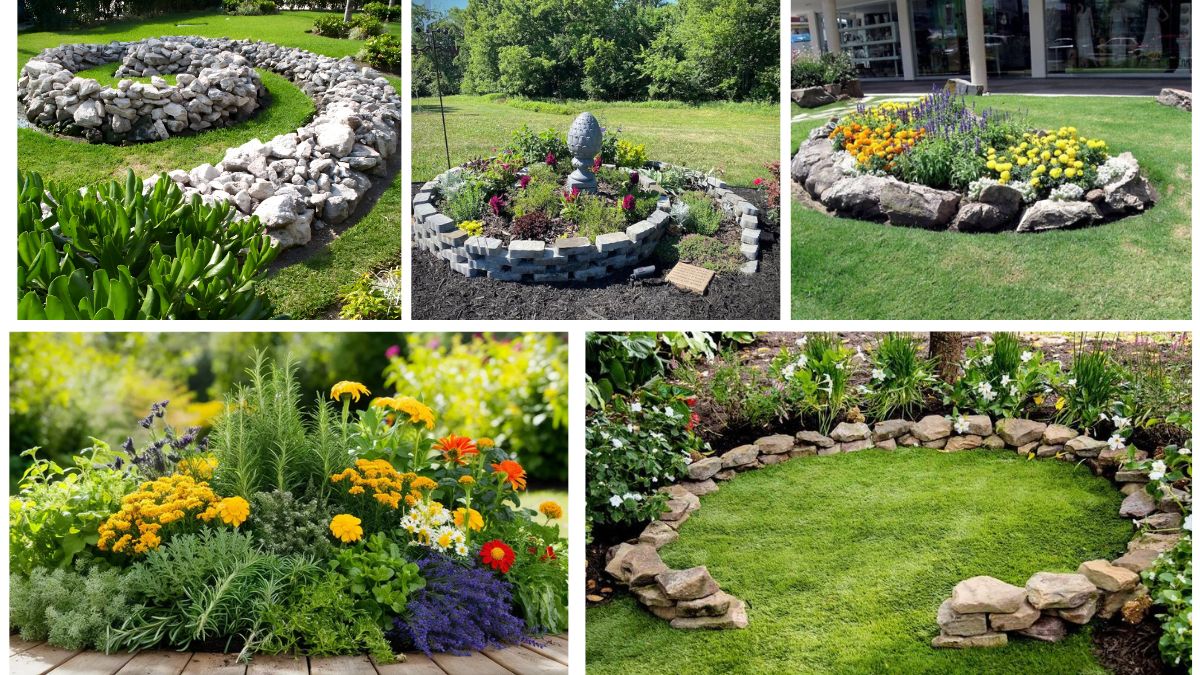Gardens are more than just green spaces; they are living canvases that reflect creativity, design, and harmony with nature. Among innovative landscaping designs, spiral flower beds have become increasingly popular for transforming outdoor spaces into dynamic, visually appealing areas. The spiral shape introduces movement, flow, and elegance, while providing a practical way to maximize planting area and create focal points.
This article explores five beautiful spiral flower bed ideas that can refresh any outdoor space, with detailed guidance on design, planting, and maintenance.
Introduction
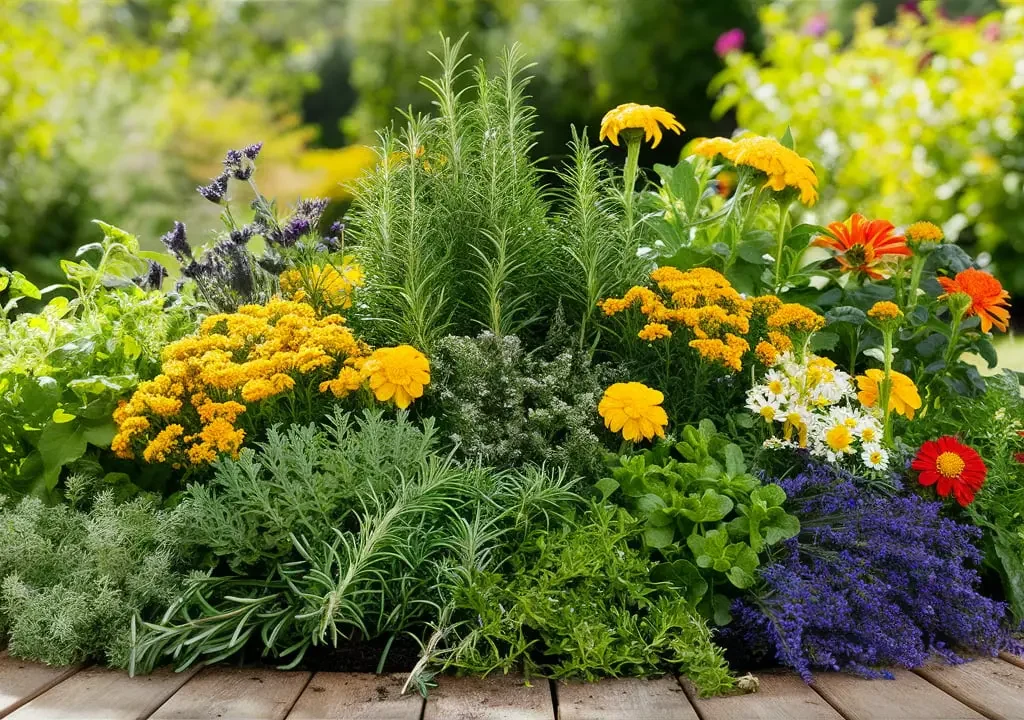
Traditional garden beds often follow linear or rectangular patterns, which can appear static and predictable. Spiral flower beds, however, offer organic curves that invite the eye to move naturally through the garden. They are particularly useful in small or irregular spaces, as they create height variation and layered planting opportunities.
The advantages of spiral flower beds include:
- Efficient space usage: Allows more plants in a smaller area.
- Visual interest: Curves and layers draw attention.
- Functional design: Easier to maintain and harvest herbs or vegetables in spiral herb gardens.
- Versatility: Can be adapted to formal or informal garden styles.
Here are five unique spiral flower bed ideas that can transform your outdoor space into a vibrant, inviting sanctuary.
1. Classic Herb Spiral
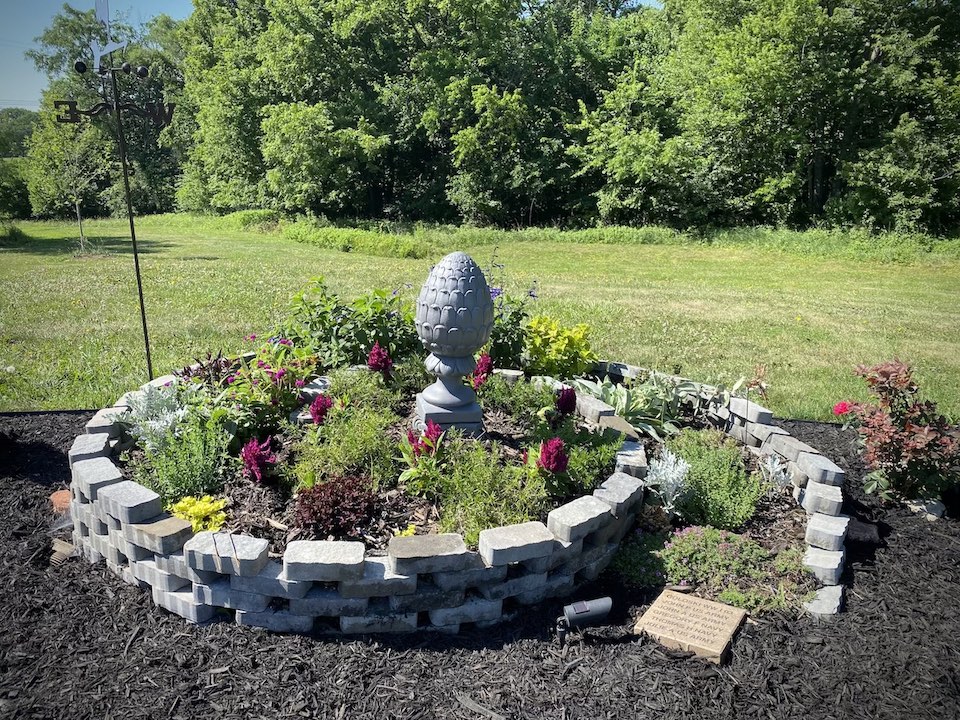
Herb spirals are among the most popular spiral flower bed designs. This vertical spiral allows plants with different sun, soil, and moisture requirements to coexist in one bed.
Features
- Structure: Built with rocks or bricks to create a rising spiral mound
- Height: 2–3 feet at the center, gradually sloping down
- Ideal plants: Rosemary, thyme, basil, oregano, and mint
Design Tips
- Build a sturdy central column using stones or bricks to support vertical height.
- Place sun-loving herbs like rosemary and thyme at the top and shade-tolerant herbs at the base.
- Incorporate soil variations in layers to meet different plant needs.
Maintenance
- Water regularly, focusing on moisture-demanding plants at the base.
- Prune herbs to encourage bushier growth and continuous harvest.
- Add compost annually to refresh soil nutrients.
Why It Works
The vertical design maximizes space while creating aesthetic appeal and functionality. It’s perfect for small gardens or patios where every inch counts.
2. Flowering Spiral with Mixed Perennials
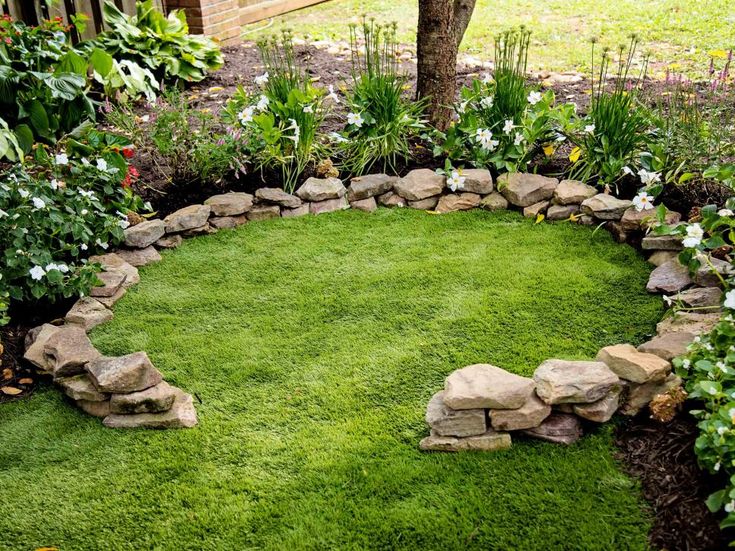
A perennial spiral flower bed adds color, texture, and seasonal interest to any garden corner. Unlike a herb spiral, it focuses purely on visual appeal.
Features
- Structure: Low stone or brick borders forming a spiral shape
- Height: Gradual slope, 6–24 inches
- Ideal plants: Astilbe, hosta, coral bells, hellebores, and daylilies
Design Tips
- Plant taller perennials toward the center and smaller ones along the outer spiral edges.
- Mix foliage textures and bloom colors to create contrast.
- Use mulch between plants to retain moisture and suppress weeds.
Maintenance
- Water consistently, especially during hot, dry periods.
- Deadhead spent blooms to promote continued flowering.
- Divide perennials every few years to maintain healthy growth.
Why It Works
This spiral design draws the eye upward and inward, creating a layered, vibrant focal point that refreshes your outdoor space without requiring extensive garden restructuring.
3. Spiral Vegetable and Edible Garden
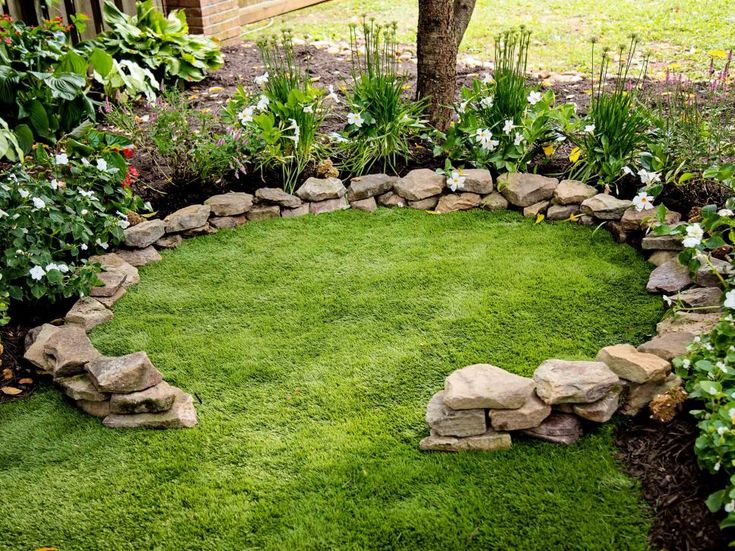
For gardeners who value both beauty and productivity, a spiral vegetable garden combines visual appeal with practical harvest.
Features
- Structure: Raised spiral bed using stones, bricks, or wood
- Height: 2–3 feet at the center, tapering down
- Ideal plants: Lettuce, kale, spinach, cherry tomatoes, peppers, and herbs
Design Tips
- Place sun-loving vegetables at the top and shade-tolerant leafy greens at the bottom.
- Create pathways between spiral loops for easy harvesting and maintenance.
- Integrate companion plants to improve soil health and deter pests.
Maintenance
- Water according to plant needs, using drip irrigation for efficiency.
- Fertilize organically to support diverse vegetable growth.
- Rotate seasonal crops to avoid soil depletion.
Why It Works
This edible spiral bed maximizes yield in compact areas while maintaining a visually striking design, making it ideal for urban gardens or small backyards.
4. Rock Garden Spiral
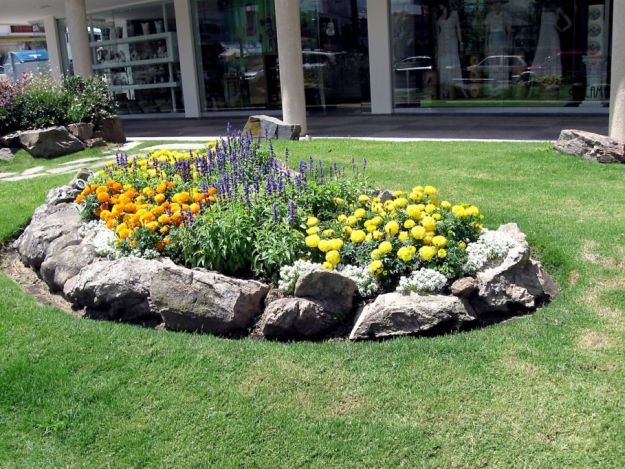
A rock spiral garden integrates hardscape and softscape to create a low-maintenance, eye-catching feature. This design is perfect for dry, sunny corners that may struggle with traditional plantings.
Features
- Structure: Stones arranged in a spiral pattern with soil pockets for plants
- Height: Low to medium, 6–18 inches
- Ideal plants: Succulents, sedums, dwarf conifers, and alpine perennials
Design Tips
- Use rocks of varying sizes to create natural-looking curves and texture.
- Plant low-water succulents along the spiral path.
- Incorporate gravel or sand to enhance drainage and reduce weeds.
Maintenance
- Minimal watering required for drought-tolerant plants.
- Remove debris and dead leaves to keep the rock bed clean.
- Fertilize sparingly, as succulents thrive in lean soils.
Why It Works
The rock spiral combines aesthetic appeal with practicality, offering a sculptural garden element that is both sustainable and visually stunning.
5. Spiral Flower Bed with Seasonal Blooms
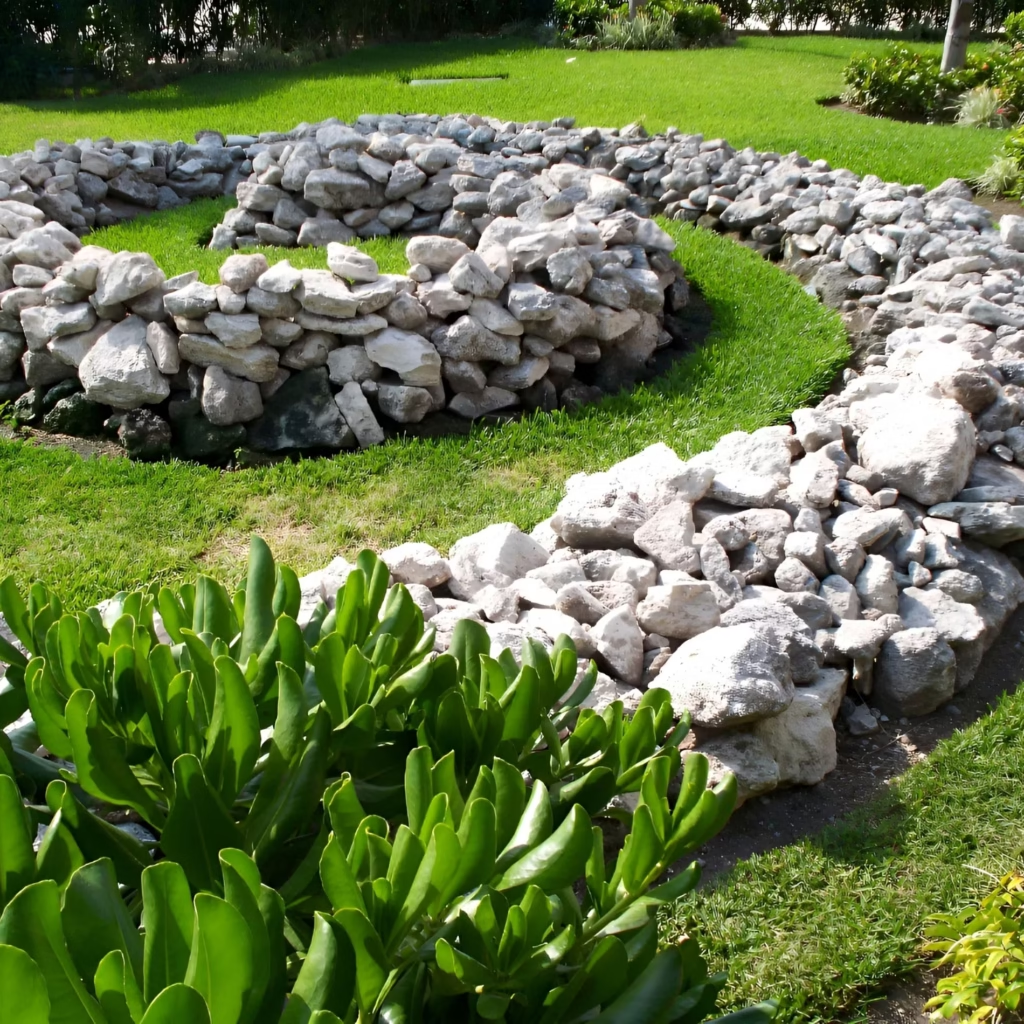
A seasonal spiral flower bed ensures your garden corner changes color and texture throughout the year. By rotating annuals, you can maintain continuous interest.
Features
- Structure: Stone, brick, or wooden spiral
- Height: Gradual slope, 6–24 inches
- Ideal plants: Tulips, pansies, marigolds, petunias, and chrysanthemums
Design Tips
- Plant spring bulbs at the center and annuals along the outer spiral for continuous bloom.
- Alternate plant colors and heights for dynamic layering.
- Consider foliage plants to maintain greenery even when flowers fade.
Maintenance
- Water regularly, adjusting for seasonal rainfall.
- Replace spent annuals to maintain vibrant color.
- Mulch to retain soil moisture and protect roots.
Why It Works
This spiral design ensures that your garden corner never looks dull, providing a rotating palette of colors and textures that refreshes your outdoor space season after season.
Conclusion
Spiral flower beds are more than just decorative elements; they combine creativity, function, and horticultural efficiency. By incorporating curves and height, these designs:
- Maximize planting area
- Create vertical interest
- Add dynamic focal points
- Accommodate diverse plant needs
The five spiral flower bed ideas—classic herb spirals, mixed perennial spirals, vegetable spirals, rock garden spirals, and seasonal bloom spirals—demonstrate versatility and beauty. Whether you seek a productive, edible garden, a low-maintenance rock bed, or a colorful perennial showcase, spiral flower beds offer innovative solutions to refresh outdoor spaces and elevate garden aesthetics.
By planning carefully, selecting suitable plants, and maintaining soil and moisture levels, gardeners can turn overlooked garden corners into stunning, functional landscapes. Spiral flower beds are perfect examples of how thoughtful design can transform ordinary spaces into extraordinary outdoor experiences.
